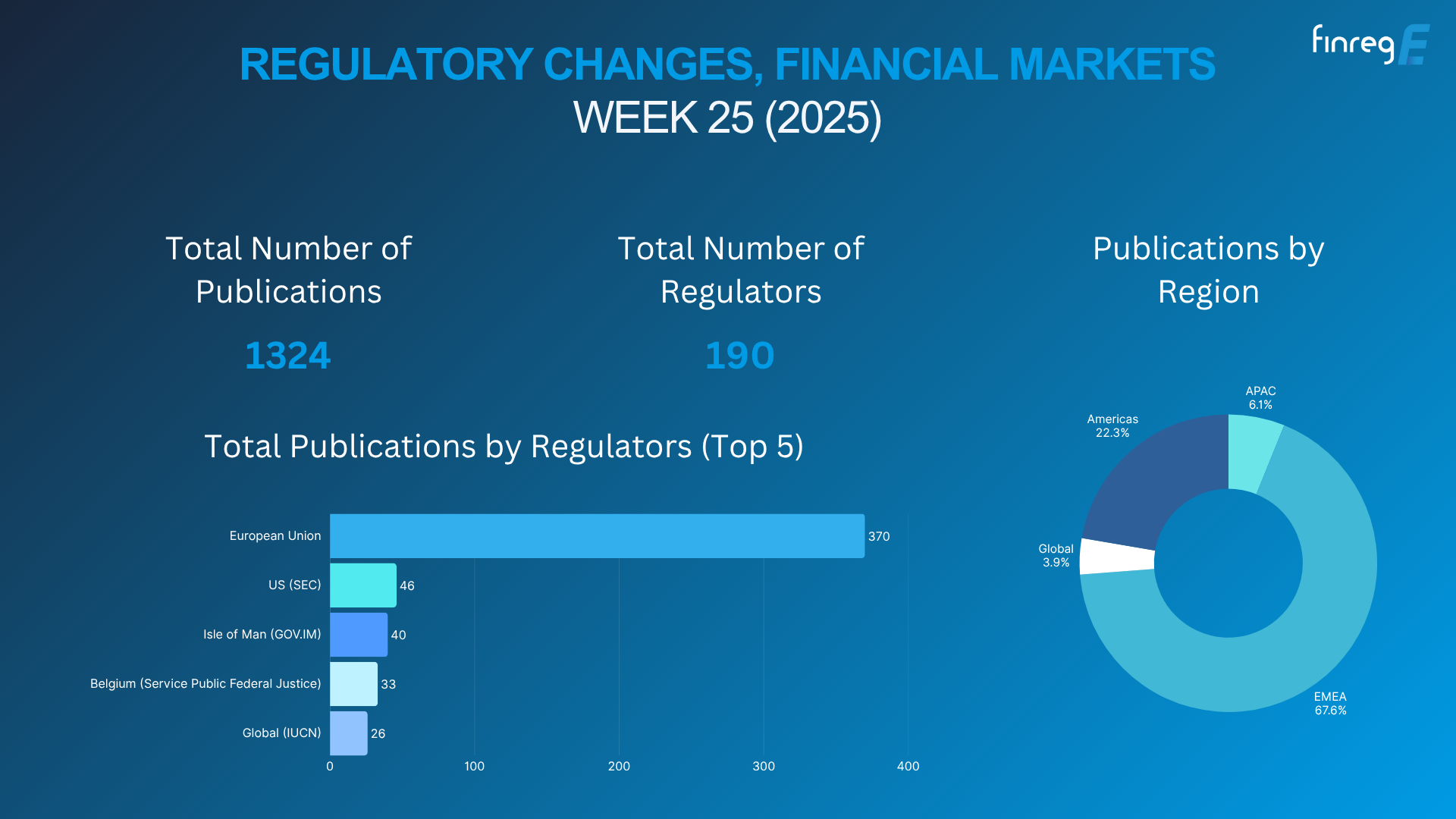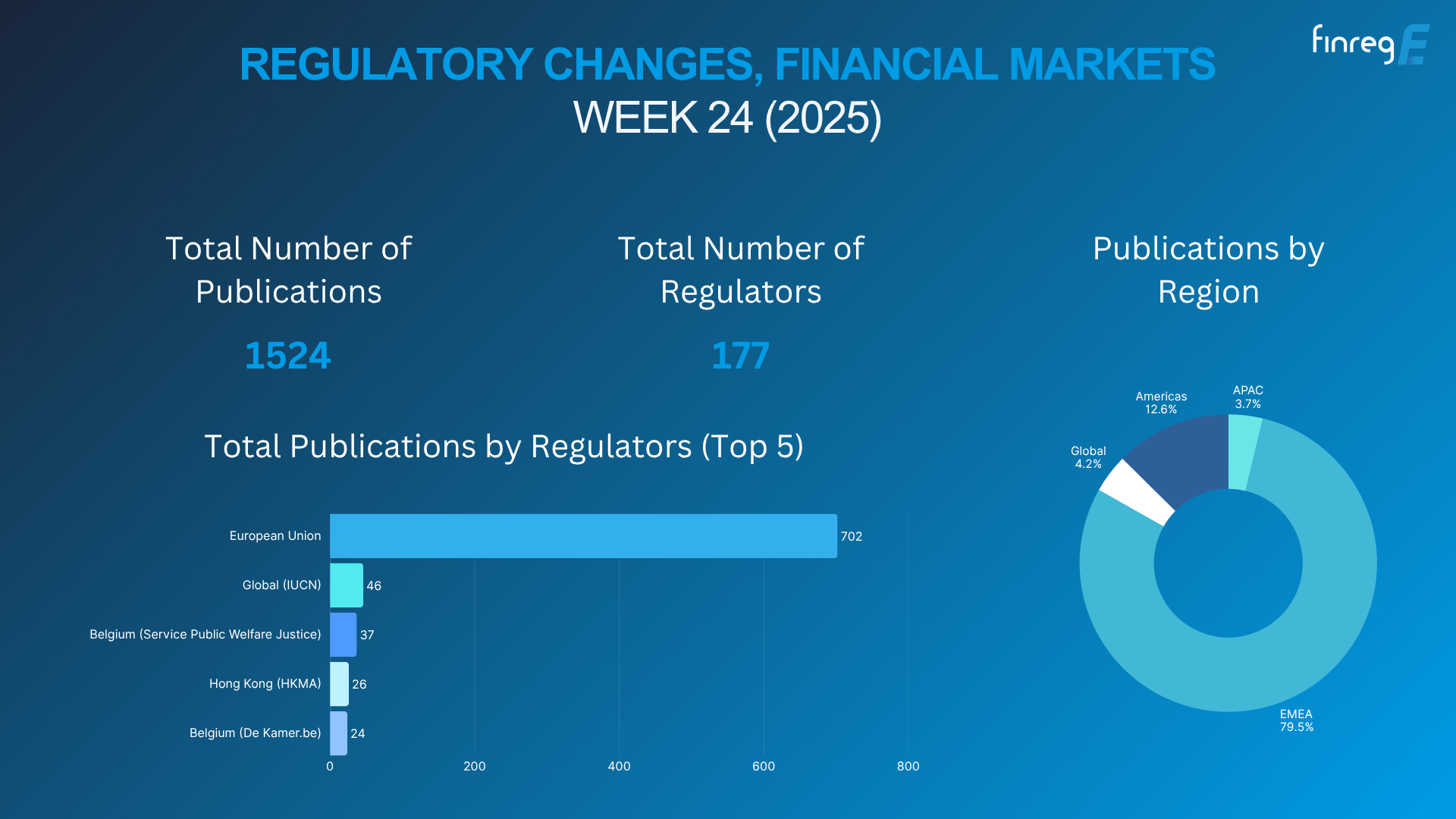Europe has some of the most complex, strict, but progressive, financial regulations across the globe.
Most often, financial regulations introduced in Europe are adopted in other regions to improve financial resilience—from data protection regulations like the GDPR to open banking regulations like the PSD2, most of Europe’s legal instruments impact the global financial sector.
In the last few years especially, European regulators have been at the forefront of initiating regulatory changes to improve the resilience of financial institutions across the continent against technological, political, and economic threats.
The enforcement of the new regulations proposed in the last two years, however, has been limited due to the disruptive COVID-19 pandemic.
That said, regulators can now enforce regulatory changes as the European economy has returned to some semblance of normalcy in light of the ramped-up vaccination drive across the continent.
These new regulations will have a significant impact on the compliance workflows of European financial institutions in 2022 and beyond. As such, banks and other European financial institutions will have to implement adaptive compliance strategies to stay on top of this dynamic regulatory landscape.
In this post, we explore how recent changes in the regulatory framework will affect compliance across the financial sector in 2022.
The impact of regulatory changes under the Financial Services Act of 2021 in the UK
On the 31st of December 2020, The United Kingdom officially reached the end of its Brexit transition period, effectively ending the effect of EU legislation in the UK.
With that, regulators have proposed several amendments to the EU’s codified, highly structured financial regulations in the form of the Financial Services Act of 2021 (the FS Act), which gained government approval in April 2021.
The FS Act aims to maintain the UK’s high regulatory standards while eliminating red tape, creating a more efficient, transparent, and resilient financial industry when it comes to full effect in 2022.
Here are a few of the proposed regulatory changes that will have an impact on regulatory compliance across the UK.
UK Investment Firms Prudential Regime
One of the main reforms under the FS Act is the introduction of prudential regulation for banks and investment companies.
The new regulation has resulted in the establishment of the UK Investment Firms Prudential Regime, which is based on the EU’s Investment Firms Regulation and Investment Firms Directive and will govern prudentially regulated corporations under the FCA. Systemically important investment firms will continue to be governed by the FCA.
The new rules for prudentially regulated investment firms will be established by the FCA, and span areas including capital, liquidity, exposure to concentration risk, reporting, public disclosure, governance arrangements and remuneration policies.
Markets in Financial Instruments Regulation
The main change to MiFIR affects the reporting of third-party transactions conducted by third-country firms registered with the FCA.
According to the new proposal, the power to decide on the reporting of information relating to the scale, scope, turnover of third-country firms, as well as the procedures in place for risk management, governance and investor protection is delegated to the FCA.
Regulators will enforce reporting requirements based on the size of the firm.
Earlier, all firms were required to submit annual reports including all the details outlined above to the European Securities and Markets Authority.
Changes to the Minimum Requirement for own funds and Eligible Liabilities (MREL) in the EU
Traditionally, investors across the EU have relied on public disclosure from banks regarding MREL requirements, which created differences between the globally adopted Total Loss-Absorbing Capacity (TLAC) standards and European disclosure standards.
The EU also assigned MREL to all banks, even those not considered systemically important to the economy, widening the differences between the two standards.
In May 2020, however, the Single Resolution Board, which governs the resolution of banks in the EU updated the MREL policies to be in line with BRRD II and SRMR II to bridge the gap between MREL and TLAC standards.
With the new regulations, EU banks need to meet two MREL targets: an intermediate target before the 1st of January 2022 and a final target by the 1st of January 2024.
The regulatory landscape across Europe is changing—financial institutions need the right tools to ensure compliance
European regulators have unveiled a set of regulatory changes that will affect the compliance workflows in financial institutions across the continent.
To navigate these turbulent times, European financial institutions need powerful compliance tools that help them stay on top of the oncoming changes.





